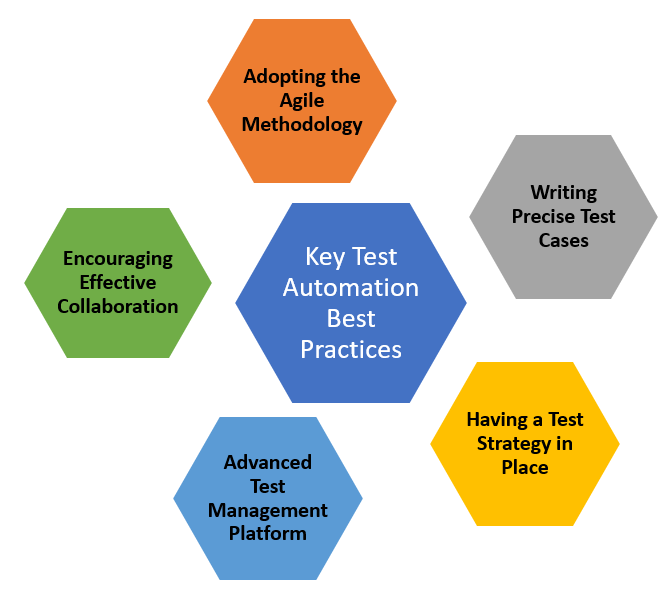Explore the Best Practices for Effective Test Management
.png)
The use of test automation is becoming increasingly popular around the world. Do you know why automation is so important? There are several reasons for this, but the most obvious is that software programs are rapidly evolving, and the apps we have today are vastly different from those of the past. The market desire for apps to reinvent themselves and continuously adding to their capabilities through frequent app updates is increasing all the time.
As apps with increasingly extensive features and functionality become more common, more advanced testing approaches will be required. The introduction of test automation has had a tremendous impact on our approach to software testing.
We now have tools that are intended for end-to-end test management rather than just test automation. QARA Enterprise is an example of a comprehensive test management and automation application that is tailored to each QA team's testing requirements. It's a collection of solutions meant to help QA teams speed up the automation process and get the most out of automation installation.
Best Practices for Test Management
It is no longer feasible for QA teams to rely solely on manual testing, and automation has become a need. It is hard for software products to stay up with market demands in this fast-paced world without implementing automated test management. There are several recommended test management best practices to follow if you wish to improve your test case management. We'll look at a few of them here.

1] Adopting the Agile Methodology
One of the key test management best practices is adopting Agile. Today, Agile has evolved as the most sought-after approaches to development as well as testing. This approach has made automation the norm in software testing, as the requirement for continuous testing, as propagated by Agile, is not possible with manual testing. The following are the key benefits of Agile approach to test management.
- Higher levels of productivity
- Constant changes help improve the product
- Easier to focus on product quality
- More about adding real value for the users
- Makes it possible to predict costs and deadline
2] Writing Test Cases that are Clearly Understood
Although each test case should have a strong focus, one of the most significant test management best practices is to ensure your test case suite is cohesive. Its complexity should be tailored to the size of your project. The detailed instructions for each test case should make it obvious to testers what they are required to do. By offering test cases, instructions, and tutorials that aren't prone to misinterpretation, you can save time and obtain better results.
3] Having a Test Strategy in Place
The Business Requirements Specification document should be used as a reference to draught the test strategy, which is a more precise product-level document. A test strategy is usually created by a project manager or a business analyst to specify the software testing methodologies that will be employed to meet the testing goals. The business needs of a project drive a test strategy, which is why it aligns with a project manager's responsibilities.
4] Investing in a Quality Test Management Platform
When it comes to effective test management, the new age test management platforms can help you increase test efficiency and also plan test case executions effectively. In other words, test case management tools are definitely on the list of test management best practices, as they are designed to take care of every aspect of test management so that you can sit back and relax. QARA Enterprise us an example of a complete test management platform that takes acre of every part of the test automation process, and even comes with features like parametrization to reduce the time required for testing.
5] Encouraging Effective Collaboration
Jira is an issue tracking and project management platform used by developers and QA teams all around the world. Jira's extensive popularity stems from the fact that it has a number of features that simplify project management and allow for simple collaboration between members of big teams working on a project, as well as between different teams. One of the most recommended test management best practices is the use of a Jira add-on.
You can now bring the collaborative advantage of Jira into a test management environment with the help of a Jira add-on. QARAj is an example of a Jira Add-on that integrates the Jira platform to the test automation platform of QARA Enterprise. Thus, the QA team gets the dual benefits of collaboration as well as effective test management, all on a single platform.
Looking for an automated test management tool that will help you implement a test approach that is in line with the test management best practices? Visit www.qaratest.com or drop us an email at info@qaratest.com and our team will get in touch with you.
